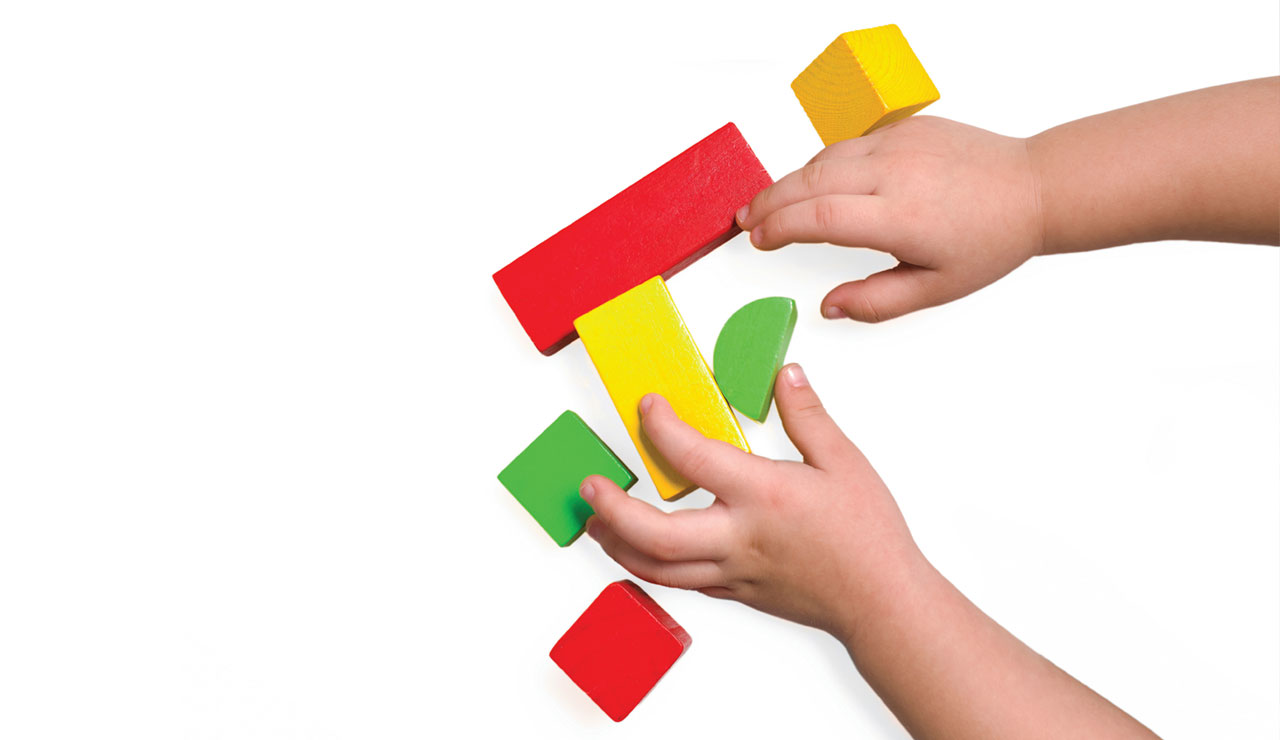
Faculty Rounds
Child’s Play
Questionnaire aids parents in evaluating household items
Kinesiology Assistant Professor Priscila Caçola is helping parents and clinicians evaluate toys, furniture, and other household items for their effectiveness in aiding motor skill development in infants.
“Parents, doctors, or other infant caregivers might ask, ‘What does a toy or a coffee table do?’ Well, depending on the space between the couch and the coffee table, it could be the first distance that the child wants to cross,” Dr. Caçola explains. “If a toy is cranked and pops up, the child might want to go grab it, which could lead the child to walking. But the challenge is the thing that stimulates that child to begin moving.”
To that end, Caçola co-developed a simple questionnaire for caregivers of infants ages 3 to 18 months that helps parents better assess such household items. Called the Affordances in the Home Environment for Motor Development-Infant Scale, or AHEMD-IS, it is now being used by physical and occupational therapists worldwide.
“When parents buy toys, they’re rarely thinking, ‘I wonder if this is going to be great for my child’s fine or gross motor skills,’” says Caçola, who also serves as director of the Department of Kinesiology’s Little Mavs Movement Academy. “However, if they look at each AHEMD-IS question and each separation of the question, they can choose to buy toys that are different or that offer different opportunities for their infants.”
Joining Caçola in the study, published in Physical Therapy journal, were Carl Gabbard, Texas A&M University professor of health and kinesiology; Maria I.L. Montebelo, Universidade Metodista de Piracicaba (UNIMEP) professor of mathematical sciences; and Denise C.C. Santos, UNIMEP professor of physical therapy.
